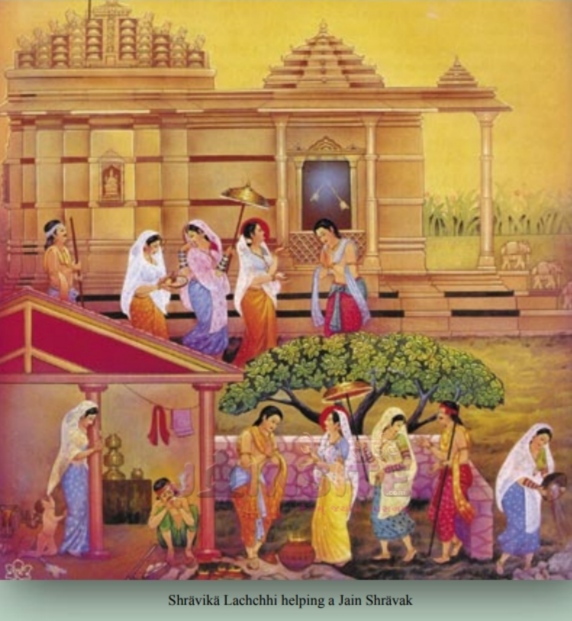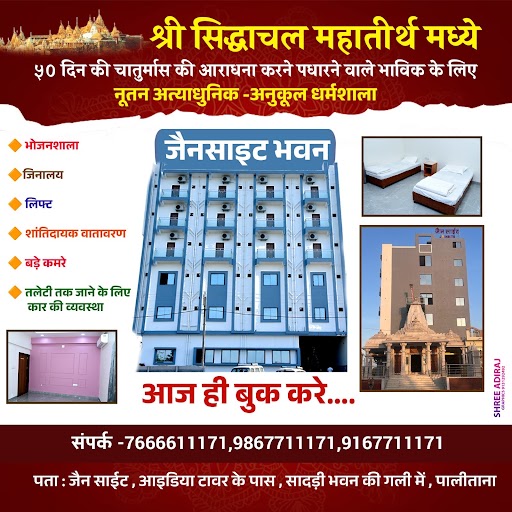Udayan Mantri and His Sons –
Ämbad and Bähad
Udayan Mantri (Minister)
The Solanki dynasty was the golden period for the state of Gujarat and the prosperity of the State reached its peak during the reign of King Kumärpäl. The credit for attaining this position mainly goes to his chancellors who were known as Mantris. It is interesting to learn that many of the chancellors of the
Solanki period were Jains. The contribution of Udayan Mantri and his sons Ämbad and Bähad to the rise and success of King Kumärpäl was substantial.
Originally, Udayan was a simple merchant in a village named Vägharä near the town of Jälore, Rajasthan. He could hardly make ends meet and was passing his days in hardship. His wife Suhädevi suggested they move to a place with better economic prospects. During this time, King Siddharäj was ruling the state of Gujarat, and its prosperity was increasing by leaps and bounds. Hence Udayan thought about migrating to Gujarat.
At that time, King Siddharäj of Gujarat had built a new town named Karnävati (Amdäväd) in the memory of his father Karnadev. Since Karnävati was a fast growing city, Udayan decided to move there. He did not know anyone there so he first went to the local Jain temple. When Udayan arrived a religious lady named Lachchhi was worshipping in the temple. As she came out, she noticed the new young couple and asked them where they were from. Udayan replied that they were from Rajasthan and he was looking for some business in Karnävati.
Lachchhi was a compassionate lady. As she knew the newcomers were Jains, she took them home and treated them as her guests for a couple of days. Then she gave them an old house for shelter. Udayan settled there and started a small business. Luck favored him and within a short time he earned and saved enough to renovate the old house. While digging the ground, he came across a hidden treasure. Since he was honest, he took the treasure to Lachchhi and offered it to her because it belonged to her. She declined to accept it stating that since the property had been given to him, the treasure also belonged to him.
Udayan now had enough money to start a large-scale business. He made lots of money and in due course became the wealthiest man in Karnävati. The State also recognized his status and gave him the position of the first citizen of Karnävati. In that capacity, he rendered valuable service to the people of Karnävati.
At that time, the city of Khambhät (about 80 miles from Amdäväd) was the most lucrative seaport on the western coast of India. Politicians competed with one another to get the position of governor in that city. Due to the proven capability of Udayan he was appointed governor of Khambhät in 1120 A.D. He held that position for a fairly long period. Two major events have been attributed to him during his tenure as governor.
• At the suggestion of the queen mother, Minaldevi, he abolished the pilgrim tax of Bholad
• He helped Devchandra-suri to initiate a five-year old boy, Chängdev, who had the potential to shine as a great sage. (Later on Chängdev became the great Jain Ächärya Shri Hemchandra)

Shrävikä Lachchhi helping a Jain Shrävak


